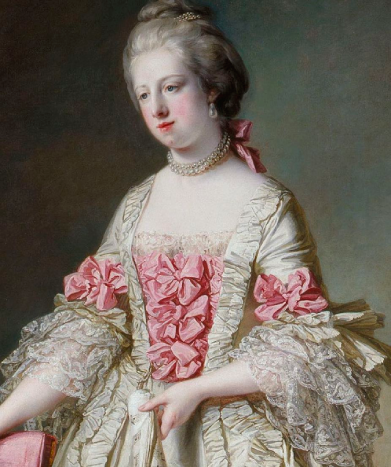- November 13, 2023

Here are a few facts about silk that may surprise you:
- According to legend, silk was discovered in c3000BC by a Chinese empress: a silkworm cocoon on a mulberry tree fell into her cup of tea and dissolved to leave fine fibres. Historians claim that it was actually being woven at an even earlier date
- The Chinese developed the production of silk and the secret of sericulture was jealously guarded. The fabric was brought to Europe by merchants that journeyed along the Silk Road from the East to Venice and other trading ports. Silk was a very precious commodity on a par with gold and precious stones
- Pongees is a generic name for a group of Chinese silks that were popular in the 1930s, when Pongees Ltd was established in London
- When arrows were the ammunition of the day soldiers who wore silk underwear fared better when hit. The silk fabric wrapped itself round the arrow as it entered the flesh, which made it safer and easier to remove
- As silk is strong and can be stretched and bent without breaking it is used in parachutes and medical sutures and other life-saving items
- Antung and shantung are just two of the most popular silks that are named after their place of origin in China. Taffeta comes from the Persian word tafta meaning glossy twist
- In the mid 18th century (Georgian era), an attempt to cultivate a UK silk industry was unsuccessful, thwarted in part by the planting of 10,000 black mulberry trees in the area around what is now Buckingham Palace. Silkworms prefer to feed on white mulberry leaves!




